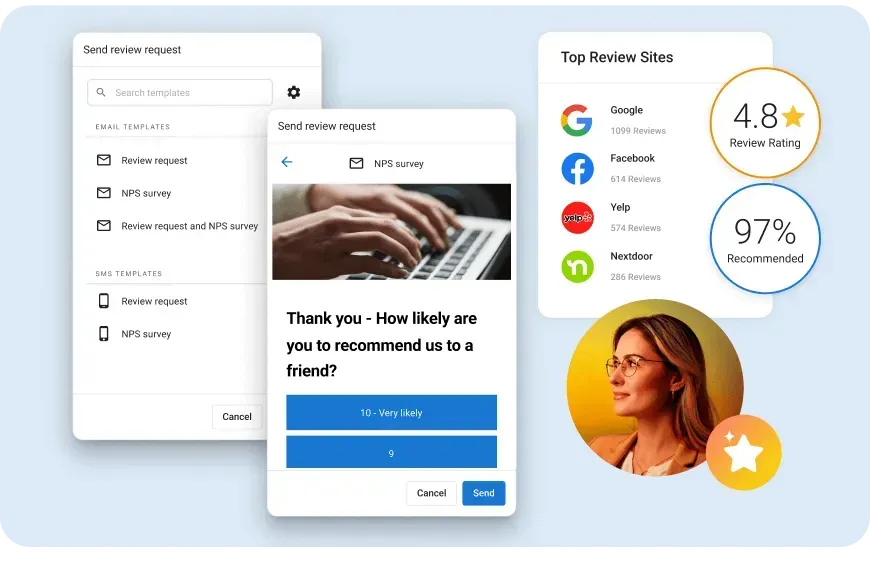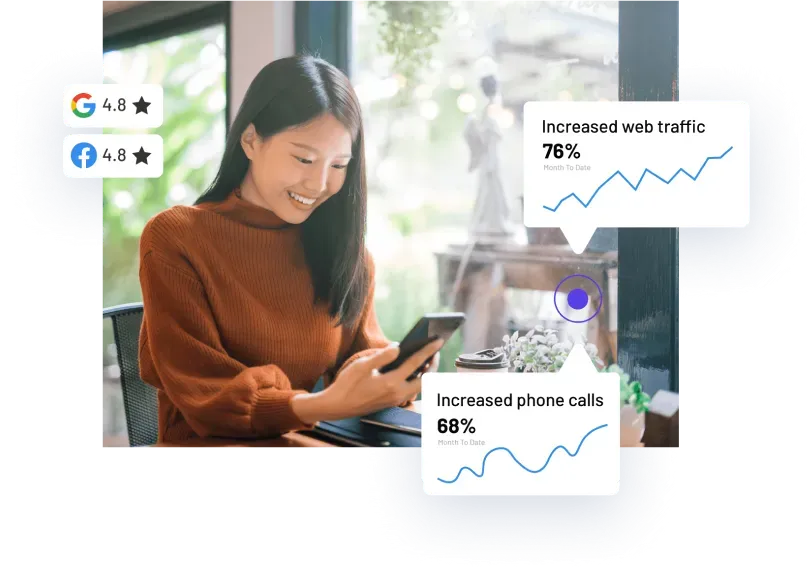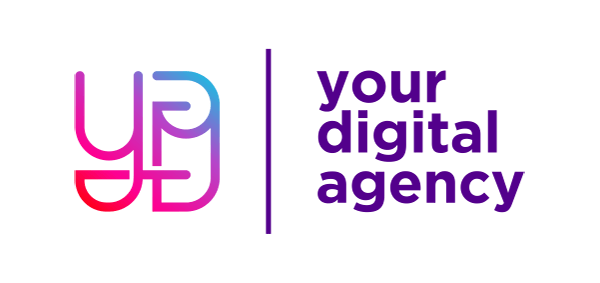MASTERING THE ART OF ALL INCLUSIVE MARKETING SERVICES

Navigating the complexities of digital marketing can be daunting for entrepreneurs. With so many channels, metrics, and strategies to consider, how do you ensure your efforts are effective and cohesive? This is where an all-inclusive marketing approach comes into play. By integrating various elements of digital marketing into a unified strategy, you can overcome common challenges and achieve more consistent, measurable results.
In this guide, we’ll explore the importance of understanding ROI, crafting a holistic strategy, leveraging social media, and building trust through transparency. Drawing insights from industry leaders like Search Engine Journal and Marion, we'll provide you with actionable steps to enhance your marketing efforts. Ready to join forces and improve your marketing game? Let’s get started.
1. The Foundation: Understanding ROI in Digital Marketing
Defining ROI in the Digital Landscape
Return on Investment (ROI) is a critical metric in digital marketing, reflecting the efficiency and profitability of your marketing efforts. ROI measures the return generated from your marketing investments relative to the cost incurred. For digital marketers, understanding and optimizing ROI is crucial, as it directly correlates with the success and sustainability of marketing campaigns.
The 5:1 ROI rule is a widely accepted benchmark in the industry. This means that for every dollar spent on a marketing campaign, a return of five dollars is expected. Achieving this benchmark requires a strategic approach, integrating various digital marketing elements to create a cohesive and effective campaign.
Measuring Success: Key Metrics and Tools
To accurately measure ROI, it's essential to track a variety of metrics that provide insights into different aspects of your marketing efforts. Key metrics include:
- Conversion Rate: The percentage of visitors who complete a desired action, such as making a purchase or filling out a form.
- Customer Acquisition Cost (CAC): The total cost of acquiring a new customer, including all marketing and sales expenses.
- Customer Lifetime Value (CLV): The total revenue expected from a customer over the duration of their relationship with your business.
- Click-Through Rate (CTR): The percentage of people who click on your ad or link compared to the total number of viewers.
Utilizing tools like Google Analytics, HubSpot, and SEMrush can streamline the process of tracking these metrics. These platforms offer comprehensive dashboards and reporting features, enabling marketers to monitor performance in real-time and make data-driven decisions. By leveraging these tools, you can ensure that your marketing strategies are effective and aligned with your ROI goals.
2. Crafting a Holistic Strategy: The Pillars of All-Inclusive Marketing
Integrated Campaigns: Synergy Across Channels
A holistic marketing strategy hinges on the integration of various channels to create a unified and cohesive campaign. This approach ensures that your messaging is consistent and reinforces your brand across all touchpoints. The synergy achieved through integrated campaigns can significantly enhance your marketing impact, driving higher engagement and conversions.
For example, a well-coordinated campaign might involve a combination of email marketing, social media advertising, content marketing, and search engine optimization (SEO). Each channel plays a distinct role but works towards a common goal. Email marketing can nurture leads, social media can amplify reach, content marketing can provide value, and SEO can improve visibility. By aligning these efforts, you create a seamless experience for your audience, increasing the likelihood of achieving your desired outcomes.
Content is King: Creating Value-Driven Content
High-quality content is the foundation of any successful digital marketing strategy. It drives engagement and plays a crucial role in building trust and authority. Value-driven content resonates with your audience, addressing their needs and pain points while positioning your brand as a thought leader.
To develop compelling content, it's essential to understand your audience's preferences and behaviors. Conducting thorough research and leveraging insights from tools like Google Trends and BuzzSumo can help identify trending topics and popular formats. Additionally, incorporating various content types, such as blogs, videos, infographics, and podcasts, can cater to different audience segments and enhance engagement.
3. Leveraging Social Media: Insights from Search Engine Journal
The Power of Social Media in Modern Marketing
Social media has changed the way businesses connect with their audience. Platforms like Facebook, Instagram, Twitter, and LinkedIn offer unparalleled opportunities for engagement and brand building. According to insights from Search Engine Journal, social media trends are constantly evolving, with new features and algorithms shaping the landscape.
One of the key trends is the rise of video content, which has proven to be highly effective in capturing attention and driving engagement. Live streaming, stories, and short-form videos are particularly popular, offering a dynamic way to connect with your audience. Additionally, social commerce is gaining traction, with platforms integrating shopping features that allow users to make purchases directly from social media posts.
Engagement and Community Building
Building a loyal and engaged online community is essential for long-term success in digital marketing. Social media provides a platform for two-way communication, enabling businesses to interact with their audience in real-time.
Techniques for fostering engagement include:
- Creating Interactive Content: Polls, quizzes, and contests can encourage participation and make your audience feel involved.
- Responding to Comments and Messages: Prompt and personalized responses can enhance customer satisfaction and build trust.
- Sharing User-Generated Content: Showcasing content created by your audience can foster a sense of community and encourage others to engage.
Utilizing social media analytics tools can help refine your strategy by providing insights into what content resonates with your audience. Metrics such as engagement rate, reach, and sentiment analysis can guide your content creation and posting schedule, ensuring that your efforts are aligned with your audience's preferences.
4. Transparency and Value: Building Trust with Your Audience
The Role of Transparency in Client Relationships
Transparency is a cornerstone of building trust and fostering long-term relationships with your clients. Clear communication and honest practices can differentiate your brand and create a loyal customer base. Being transparent involves openly sharing information about your processes, pricing, and performance.
For instance, providing detailed reports and updates on campaign progress can keep clients informed and involved. This not only builds trust but also allows for collaborative decision-making. Additionally, being upfront about potential challenges and setting realistic expectations can prevent misunderstandings and ensure a positive client experience.
Value-Oriented Marketing: Delivering Consistent Results
Delivering consistent value is crucial for maintaining client satisfaction and loyalty. This involves not only meeting but exceeding client expectations through innovative and effective marketing strategies.
- Personalized Experiences: Tailoring content and offers to individual preferences can significantly enhance customer engagement and conversions.
- Continuous Optimization: Regularly analyzing performance and refining strategies ensures that your marketing efforts remain relevant and impactful.
By focusing on transparency and delivering consistent value, you can build strong, trust-based relationships with your clients, leading to long-term success in digital marketing.
Wrapping It Up: Mastering the Art of All-Inclusive Marketing Services
Understanding ROI, crafting a holistic strategy, leveraging social media, and building trust through transparency are the foundations of effective digital marketing. By integrating these elements into a unified approach, you can navigate the complexities of digital marketing with confidence and achieve consistent, measurable results. The insights from industry leaders like Search Engine Journal and Marion highlight the importance of a value-driven, transparent, and integrated strategy.
As you enhance your marketing efforts, remember that the synergy across channels and the power of high-quality content are crucial. Building a loyal community through engagement and transparency not only fosters trust but also drives long-term success. Staying adaptable and committed to delivering value will set you apart. Ready to transform your marketing strategy? The journey to unparalleled success starts with a single, strategic step.


























